India’s first human spaceflight, a baby step into the universe, will make it the fourth country to send humans to space after the USSR, the USA and China
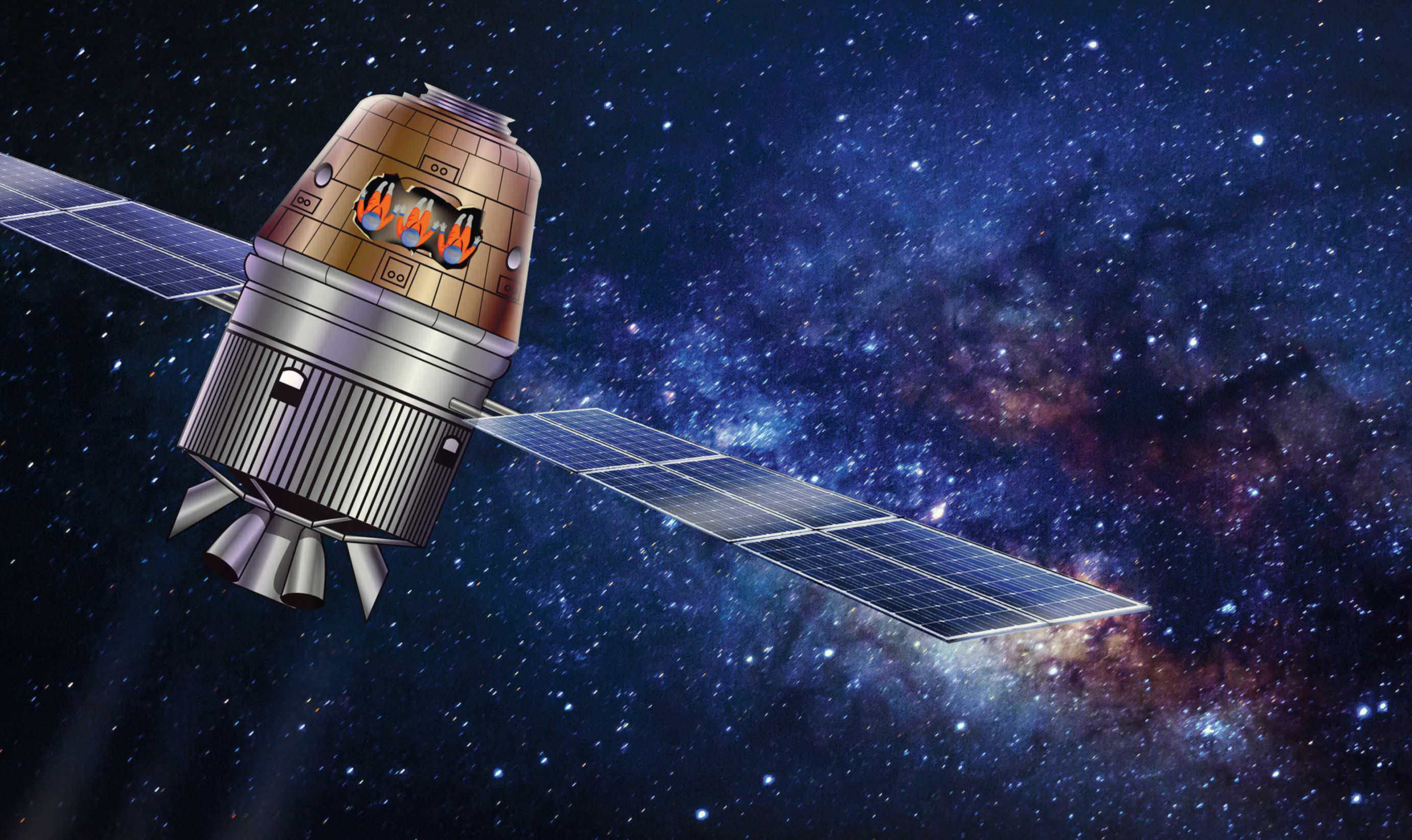
Early on the morning of December 18, 2014, a gigantic muffin landed smoothly in the Bay of Bengal, 600km from Port Blair, its descent aided by two parachutes. The landing was smooth, the muffin bobbed placidly till the Coast Guard recovered it. It was the world’s first glimpse of the vehicle that would take Indian astronomers to space.
The Indian Space Research Organisation (ISRO) had just been successful in testing its crew module atmospheric re-entry system. While launching one-way rockets into space is almost child’s-play for ISRO, re-entering the earth’s atmosphere safely was an entirely new aspect. In that same mission, ISRO also successfully tested the first flight of its latest vehicle, the GSLV Mk III, often called Bahubali, as it can lift a payload of four tonnes. It is the heaviest vehicle in ISRO’s stable.
The significance of the event went unnoticed by a nation that was still caught up with the Mars Orbiter Mission’s spectacular flight and entry into the Martian orbit that September.
This July, ISRO cleared another milestone by successfully testing its crew escape system (Pad abort test), for astronauts to safely get out in case of a problem at the launch stage. Again, the event merited barely a mention in the news.
But when Prime Minister Narendra Modi announced on Independence Day that a son or daughter of India would be flying aboard an Indian spacecraft by 2022, people sat up and took notice. Seriously, they asked each other. Will we be ready in 40 months? Are we even prepared for it?
ISRO chairperson K. Sivan then announced that not only was India prepared for the deadline, but it might even be able to beat it by half a year. And thus, with political clearance in place, Gaganyaan, a nebulous idea, is rapidly taking shape—not just in public imagination, but in research institutions, factories and government offices across the country.
Diese Geschichte stammt aus der September 30, 2018-Ausgabe von THE WEEK.
Starten Sie Ihre 7-tägige kostenlose Testversion von Magzter GOLD, um auf Tausende kuratierte Premium-Storys sowie über 8.000 Zeitschriften und Zeitungen zuzugreifen.
Bereits Abonnent ? Anmelden
Diese Geschichte stammt aus der September 30, 2018-Ausgabe von THE WEEK.
Starten Sie Ihre 7-tägige kostenlose Testversion von Magzter GOLD, um auf Tausende kuratierte Premium-Storys sowie über 8.000 Zeitschriften und Zeitungen zuzugreifen.
Bereits Abonnent? Anmelden

Hat-Trick Or Has-Beens?
India look to win their third straight Test series in Australia, but ageing superstars and recent humiliation at home have cast a shadow on their hopes

Constipation Can Put Your Heart At Risk
PEOPLE WITH CONSTIPATION have an increased risk of major cardiac events, including heart attack, stroke and heart failure, especially if they also have high blood pressure, finds an international study published in the American Journal of Physiology-Heart and Circulatory Physiology.

Too Much Sitting Can Accelerate Ageing
SITTING FOR EXTENDED PERIODS can harm the heart and accelerate ageing, even if you are young and get the minimum recommended amount of daily exercise, according to a US study published in the journal PLOS One.
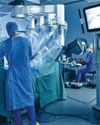
Efficiency and innovation
As health care evolves, professionals must employ innovative methods to refine their skills
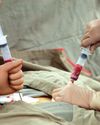
Level up
Only 30 per cent of needy patients are able to undergo transplant in India; we need more dedicated transplant centres

HOPE STEMS FROM A CELL
While stem cell therapies have shown success in treating blood disorders, orthopaedic ailments, autoimmune diseases and eye issues, there is hope that they can one day treat patients with heart disease, blindness, Parkinson's, HIV, diabetes and spinal cord injuries

Mind matters
Your mindset can limit or expand your physical ability

Cutting edge
Would you go under the knife if a robot was the one holding it? Or would you say, \"No way, I need a human touch\"? You might have to decide soon because a robot that can imitate skilled human surgeons is already here.
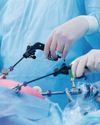
The smallest cut
Minimally invasive surgeries have a bright future, with virtual reality and 3D procedures offering greater precision and AI on the horizon
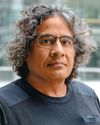
Signalling a revolution
Canadian scientist and entrepreneur Sachdev Sidhu is focused on bringing cutting-edge antibody engineering to his country of origin